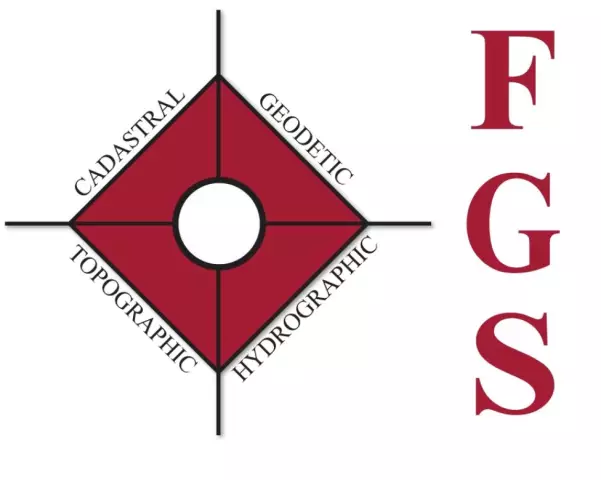- Author Curtis Blomfield [email protected].
- Public 2023-12-16 20:44.
- Last modified 2025-01-23 17:01.
A research method used for accurate diagnosis of diseases, examinations of the mucous membrane and detection of inflammatory changes in the gastrointestinal tract using a special device - an endoscope (a flexible tube with fiber optics, equipped with a special channel and the possibility of placing biopsy instruments in it) is called FGS of the stomach. Deciphering FGS sounds like "fibrogastroscopy" (from the Greek. "stomach" and "observe", "look"). This method of examining the gastrointestinal tract is the most reliable, fastest (performed under local anesthesia for several minutes) and allows you to establish an accurate diagnosis, if necessary, makes it possible to conduct a biopsy (taking a tissue sample for a more detailed study in a bacteriological laboratory).

Indications for FGS examination
Recently, this research method is used by doctors very actively. Examination of the stomach, FGS is ideal for this, accurately gives answers to all questions related to the digestive tract, from simple discomfort to symptoms that cause anxiety: bleeding, constantdecrease in hemoglobin level, suspicion of a foreign body.

How to prepare for FGS
Preparing for the FGS is not particularly difficult. The main aspect for a good result is the presence of a positive psychological attitude of the patient and his full confidence in the doctor-endoscopist. The doctor should be aware of all the patient's comorbidities and the medications he is currently taking.

FGS - an examination that is carried out on an empty stomach in a specially equipped room of a hospital or clinic. On the day of the procedure, it is forbidden to smoke, eat, drink and chew gum. A couple of days before the examination, it is advisable for the patient not to consume foods that are heavy for the stomach and cause gas formation (legumes, a variety of dairy products, fish, meat). The last dinner on the eve of the examination day must be no later than 18:00.
How is the FGS procedure technically
The larynx is frozen with a special local anesthetic for a prepared patient. After that, in order for the jaw not to close during the procedure, he clamps a special mouth expander with his teeth, through which the endoscope will pass.
In the sitting position, the patient, under the guidance of a doctor, swallows until the device reaches the desired depth of the site being examined. After this, the patient is laid on his side and oxygen is injected into the stomach under slight pressure (to straighten the walls). Doctor, examining the mucous membrane,can take an analysis of the contents of the stomach (gastric juice), remove a tumor, treat it or perform a biopsy.

What FGS results show
Endoscopy is the only method by which structural changes in the mucosa can be seen at an early stage. The attending gastroenterologist, prescribing such a procedure, clarifies the diagnosis with the help of additional methods for examining the patient's body. The results of gastric FGS will help confirm or refute the presence of diseases such as cancer of the stomach or esophagus, esophagitis, benign tumor, gastritis of high or low acidity, gastric ulcer, polyps, stomach disorders and other gastrointestinal ailments. With the help of FGS, you can control the dynamics of the treatment of the disease.
Based on the results of a biopsy, one can speak about the essence of the processes occurring in the tissues of the body, the presence of cancer cells or ordinary inflammation in them. Histological examination contributes to the detection of pathologies in the early stages of development.
What to expect during the FGS
The process of introducing a tube into the gastrointestinal tract may be accompanied by gag reflexes or regurgitation. There is no need to be ashamed of this, because such a reaction is an indicator of a normally functioning organ. Such body responses to FGS arise due to air that is pumped into the stomach with the help of an endoscope and straightens its walls for a better view. The subsequent decoding of the FGS depends on this. The doctor thoroughly examines the mucous membrane and, if it becomes necessary to remove the polyp,eliminates it, and if you need to take part of the material for a biopsy, it is absolutely painless to take it.
Possible complications after FGS

The application of this serious diagnostic procedure has proven itself in medical practice as one of the safest studies. Complications after FGS are reduced to zero. The endoscope is a very expensive reusable instrument, and before each manipulation it is processed according to medical standards, so infection with any disease or infection is excluded.
But, as you know, in medicine there is always a small percentage of complications even from the most harmless procedures. In this case, this indicator is very small and depends directly on the patient himself. The patient must properly prepare physically and psychologically, and during the FGS, accurately follow the recommendations of the endoscopist. Possible complications as a result of FGS are perforation of the wall of the organ being examined or minor bleeding due to pinching off a small portion of the wall of the esophagus, stomach or duodenum for biopsy.
After the procedure, the patient may feel some discomfort when swallowing. The normal state occurs within a day. A complete transcript of the FGS and the necessary recommendations for adjusting nutrition in the first few days will be given to the patient immediately after the study.
What is the difference between FGS and other methods of studying the stomach
Each research method has features depending on the area being analyzed. SomeThe names seem to be similar, but in practice the procedures are very different. The endoscopist doctor is well versed in what FGS shows, and what FGDS or EGDS shows. All these methods can be given one definition - fibrogastroscopy. Even if the endoscopist does FGS with an emphasis on the stomach cavity, he will still look at the duodenum, as is done with FGDS (fibrogastroduodenoscopy), and the esophagus, which is examined with EGDS (esophagogastroduodenoscopy). Also, when examining all parts of the gastrointestinal tract, the method of videogastroscopy can be used, during which video is recorded using an endoscopic camera.

Every patient should understand what the endoscopy procedure is, how important it is, and that it depends only on him whether he will be he althy or not.
This research method, due to its high efficiency and low likelihood of possible complications, is widely practiced and used in medical work. FGS decoding by experienced specialists will help to make the correct diagnosis and prescribe the appropriate treatment.






